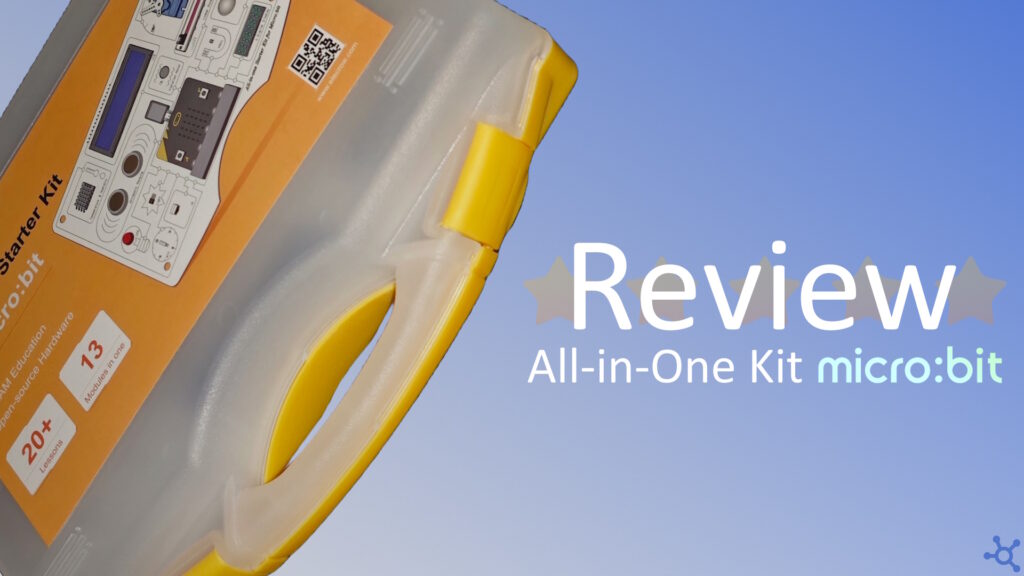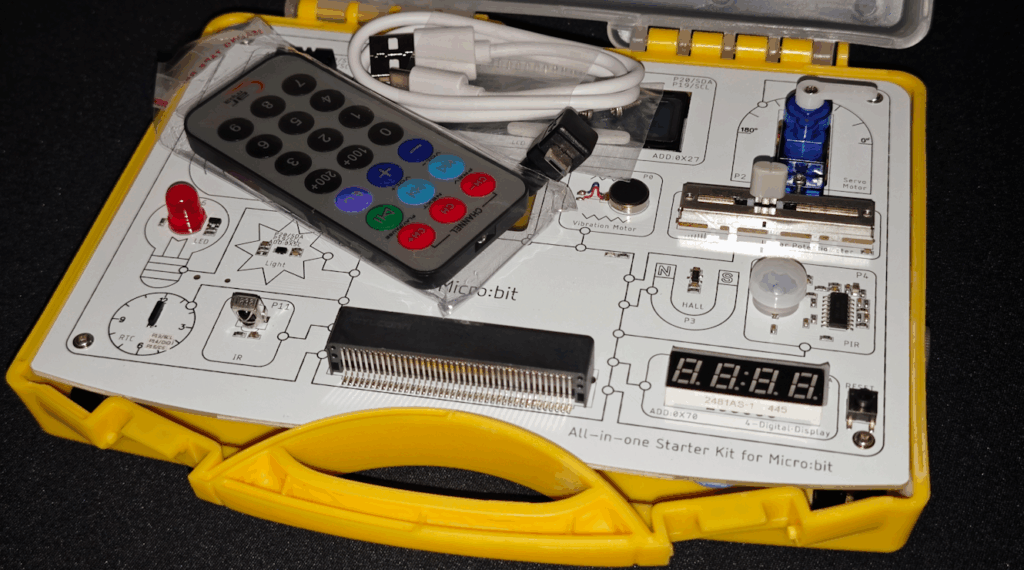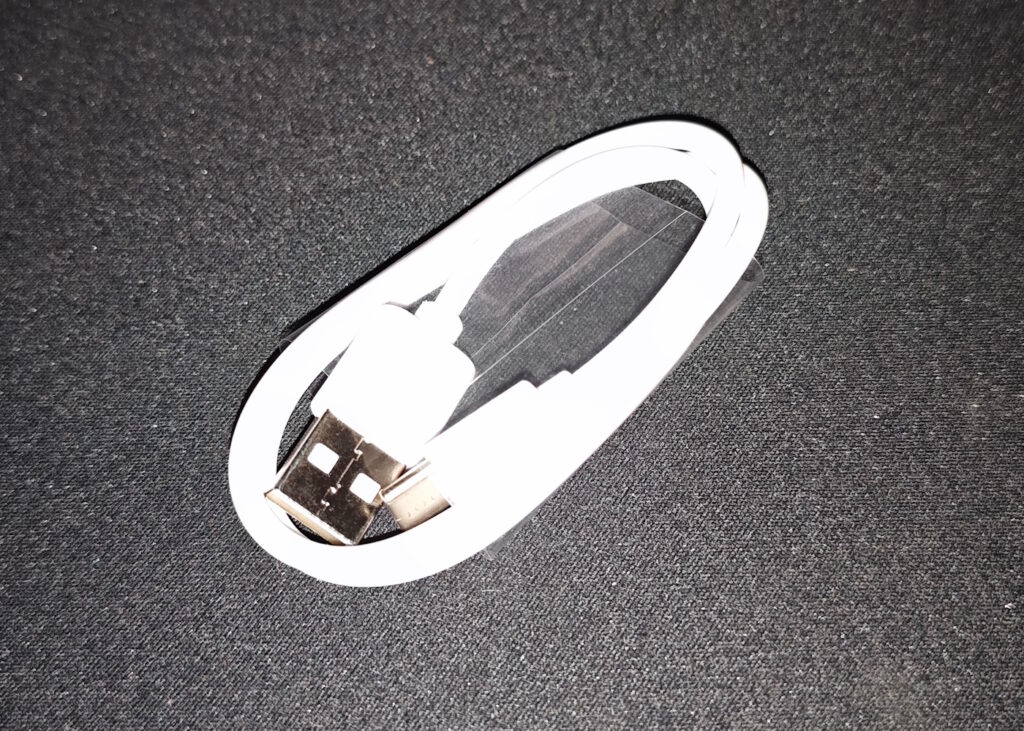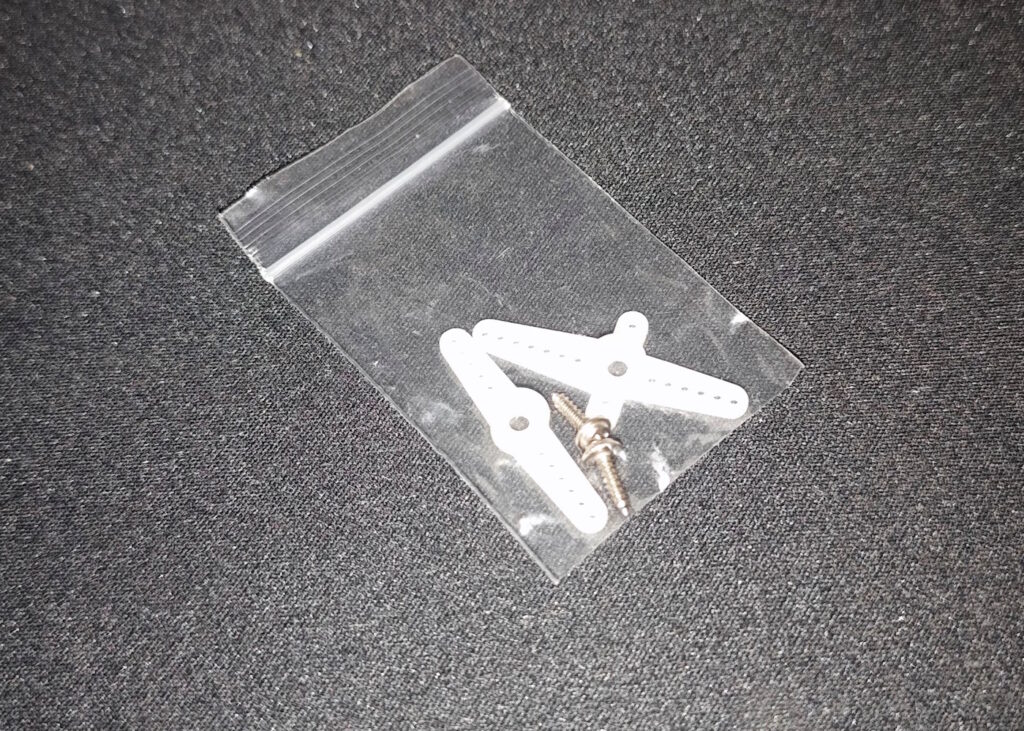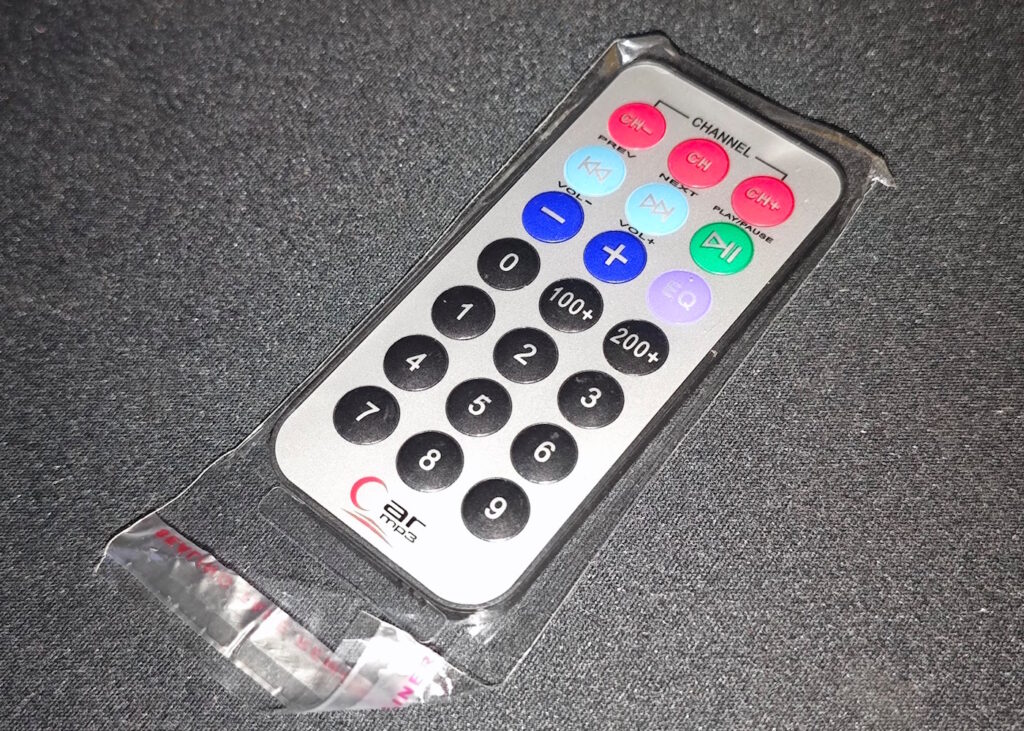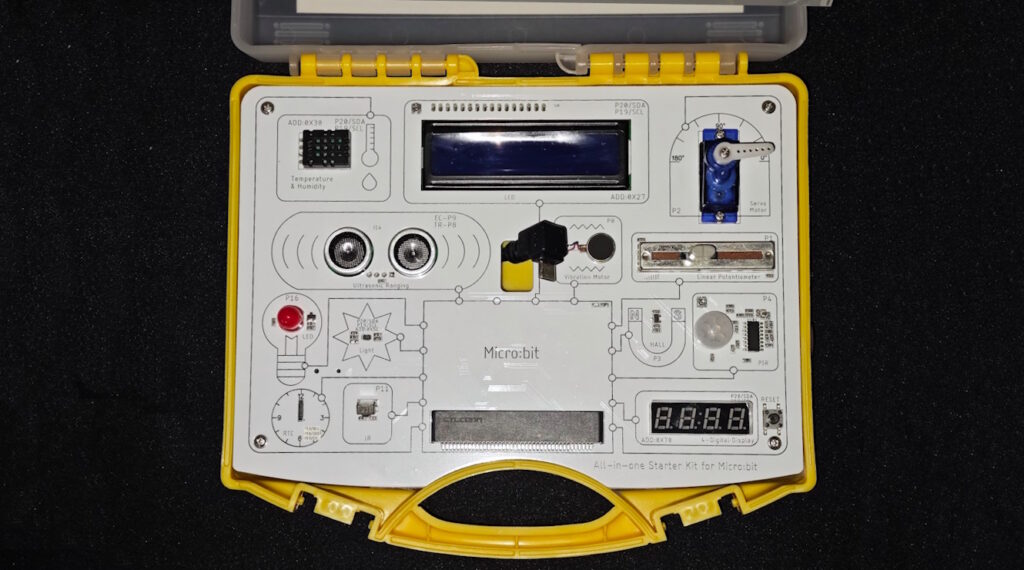0 - Introduction
If you’re looking to dive into electronics and microcontrollers, Elecrow’s All-in-One Starter Kit for the micro:bit is a great place to begin. Centered around the BBC micro:bit, the kit comes packed with sensors, LEDs, motors, and even an LCD display. With over 20 guided tutorials created by Elecrow, you’ll have plenty of support as you learn and experiment.
1 - Specifications
| Spec | Value |
|---|---|
| MCU | Micro:bit (not included) |
| Interface | USB Type-C |
| Sensors | Temperature and Humidity Sensor, Ultrasonic Distance Sensor, Light Sensor, Hall Effect Sensor, PIR Sensor |
| Input | Linear Potentiometer, Infrared Receiver |
| Outputs | LCD, LED, Servo Motor, Vibration Motor, 4 Character Segmented Display |
| Dimensions | 195 × 170 × 46 mm |
| Target Audience | Students, Teachers, and Hardware Enthusiasts |
| Weight | 380g |
2 - Contents
Besides the kit itself, in your box you will also receive a USB A to C cable to plug the kit into your computer, extra Servo Heads that come with the servo in the kit and also an IR Remote:
3 - The Good
The Elecrow All-in-One Starter Kit for the micro:bit really shines when it comes to accessibility and ease of use. All 13 sensor modules are neatly integrated into a single board, which means no messy breadboards or wiring to figure out. This makes it especially appealing for classrooms, workshops, or anyone who wants to focus on coding rather than hardware setup.
This makes it especially appealing for classrooms, workshops, or anyone who wants to focus on coding rather than hardware setup. The included IR remote adds a fun interactive element right out of the box, and the step-by-step tutorials are well-designed to guide beginners through a variety of practical and creative projects. The compact suitcase-style case also makes it highly portable and easy to store, which is a nice bonus.
As has been usual with Elecrow, the packaging in which the model comes in is very good, making it very unlikely to break while shipping.
4 - The Bad
While the kit is excellent for learning the basics, it does have some limitations. Since the sensors are fixed onto a single board, you lose the flexibility of rearranging or combining components in different ways.
Another point worth noting is that the micro:bit itself is not included, so that means that you need to buy it separately, which adds to the cost.
5 - Use cases
The Elecrow All-in-One Starter Kit for the micro:bit is versatile and well-suited for a range of scenarios. In classrooms, it provides teachers with an easy way to introduce programming and electronics concepts without the hassle of wiring, while in STEM clubs and workshops its portable suitcase design makes it simple to set up and share. Beginners can use it for hands-on projects like controlling LEDs, reading temperature values, or experimenting with the IR remote, while makers may find it useful for quickly prototyping interactive ideas such as motion-triggered alarms or light-sensitive displays. It’s also a great option for home learning, giving parents a good tool to help kids develop a liking to electronics.
6 - Should you buy it?
If you’re new to electronics or teaching beginners, the Elecrow All-in-One Starter Kit for the micro:bit is definitely worth considering. Its plug-and-play design removes the usual frustrations of wiring and makes it easy to dive straight into coding and experimenting, which is perfect for classrooms, workshops, or home learning. The included tutorials also add a lot of value by guiding you step by step through real projects. That said, if you already have experience with breadboards and want maximum flexibility for custom circuits, this kit might feel a little limiting. Ultimately, it’s an excellent choice for beginners and educators, but advanced makers may prefer a more open-ended kit.
You can buy your very own Micro:bit Starter kit here on Elecrow’s store. There is also a kit available for the Arduino, which you can get here, and one for the Raspberry Pi Pico, which you can get here.
And that’s all, thanks for reading and stay tuned for more tech insights and tutorials. Until next time, and keep exploring the world of tech!
